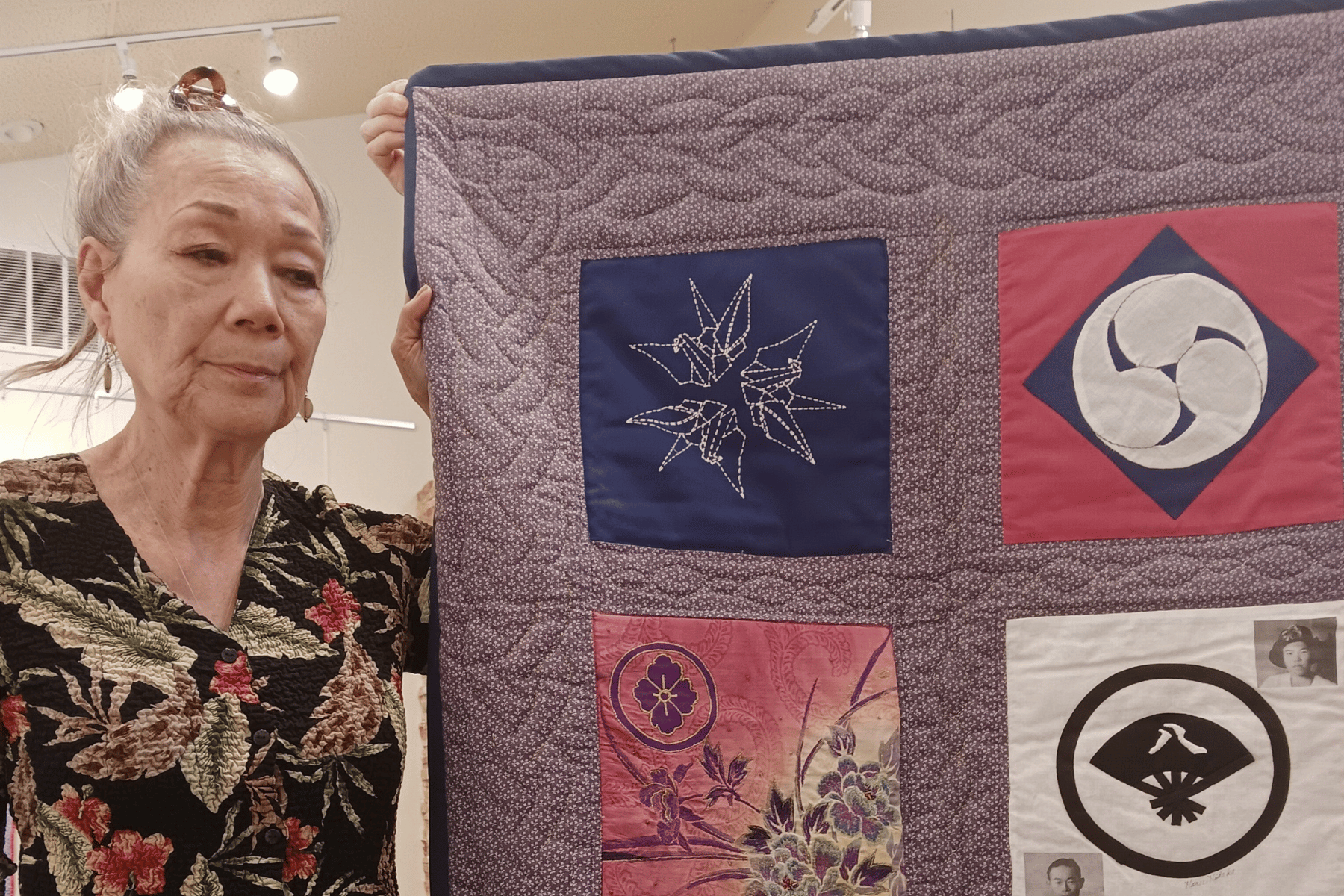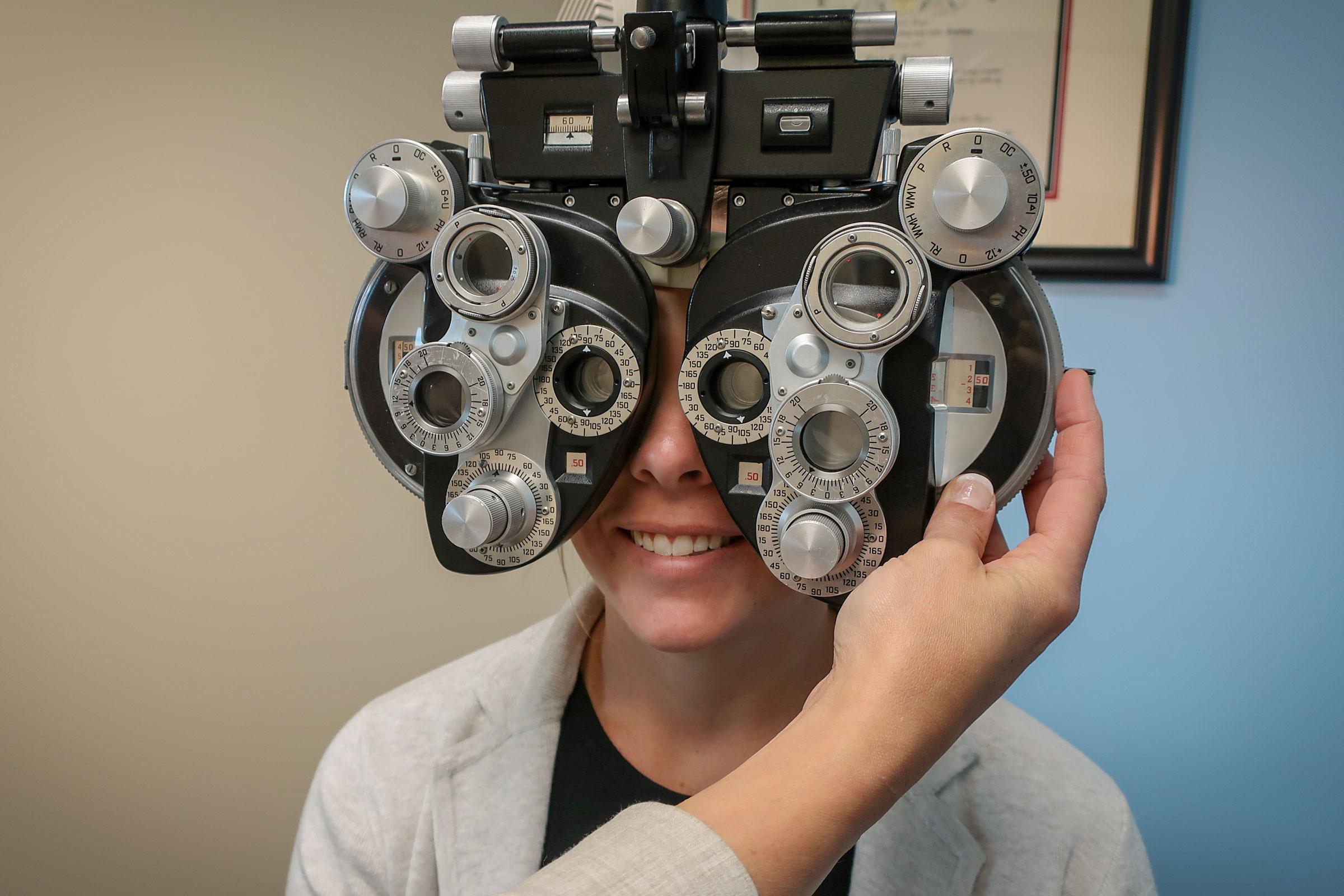
Since 1971, the incidences of nearsightedness in the U.S. have nearly doubled, accounting for almost half the population.
But parents and eye doctors are seeing more than just nearsightedness in kids and teens today. The culprit? Most likely digital screens.
Teens spend, on average, seven hours a day on their phones, tablets and computers. For a “tween,” ages 8-13, it’s a little less, at 5 hours a day, according to a survey by Common Sense Media, which has been tracking this since 2003.
“I’ve always wondered how staring into a little screen for hours affects eyesight,” Victoria Leibman said. “I have two teenage daughters that are active in school sports and other activities in addition to a lot of homework. This has limited their time on social media.”
Leibman reached out to CPR News after reading parts of Teens Under Stress, CPR’s in-depth series on teens in Colorado. The first package focused on phones — the way kids use them, the impacts on their brains and how teens can use their phones more responsibly.
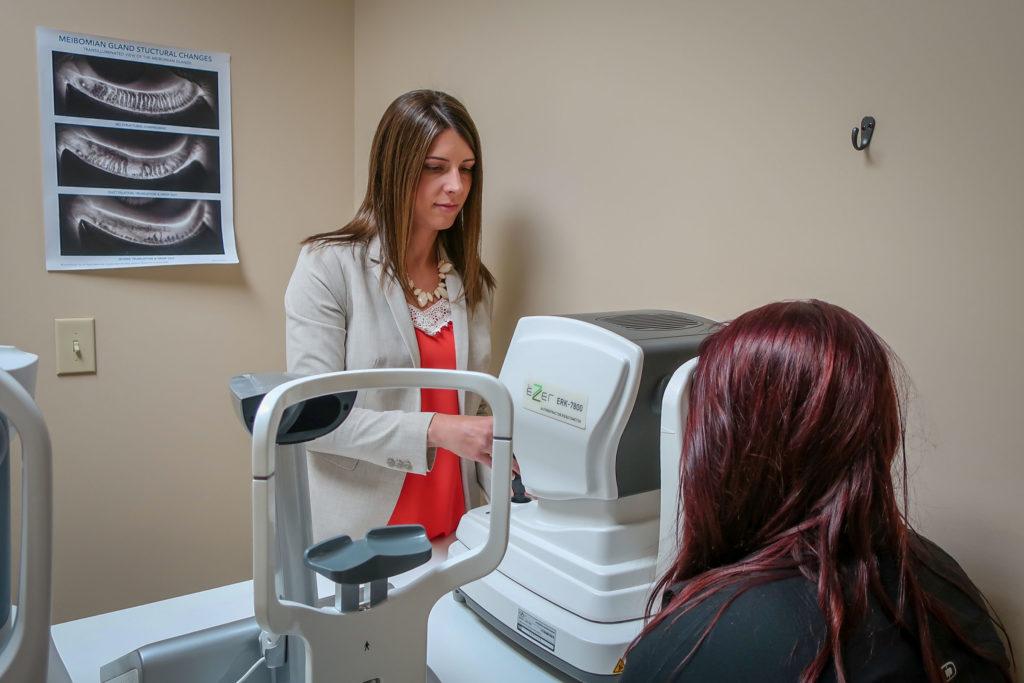
The most noticeable impact of staring at a small screen is fatigue.
Dr. Barbara Horn, president of the American Optometric Association, said kids are staring at screens for extended periods of time both in the classroom and at home.
“Everybody needs to know, but children especially, that staring at a screen for too long can cause you to get headaches and eye strain,” Horn said. “You may not be blinking properly so your eyes may get dry — there are a number of things that can occur when you’re using a device for too long.”
That eye strain can also impact young people in the classroom, said Dr. Tara DeRose, a pediatric optometrist at the Mountain Vista Eyecare and Dry Eye Center in Littleton, CO.
“They’re getting fatigued by the end of the day and that oftentimes correlates into them avoiding reading or avoiding doing homework because they’ve just been focusing and straining all day long,” DeRose said.
When the eye muscles are tired, some kids struggle to keep their eyes aligned and tracking to do things like read.
“Their muscles just say ‘I can’t stay aligned all day, I can’t stay focused all day, I’m just going to give up and not do it,’” she said.
While a child or teen may avoid reading or doing schoolwork, they don’t always avoid the screens that are making their eyes tired in the first place.
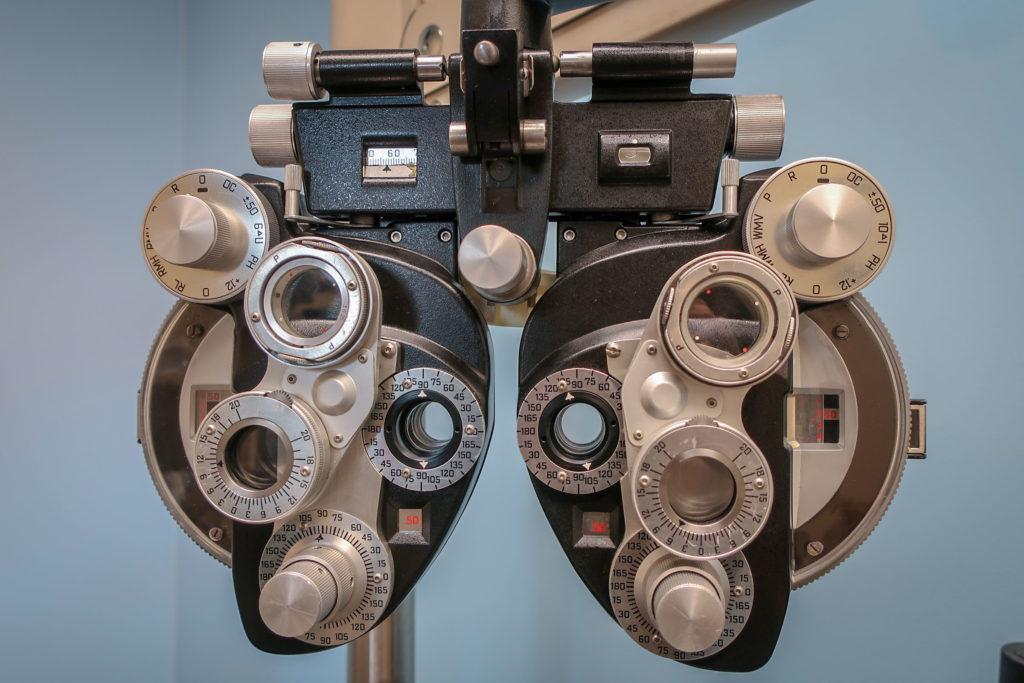
There may be other physical effects.
Dr. Glen Steele, an optometrist at the Southern College of Optometry in Memphis, Tenn., said kids will push through the pain to keep playing games or scrolling on social media. He thinks it’s leading to prolonged enlarged pupils, a phenomenon Steele calls defocus.
Steele's been tracking enlarged pupils for the last two years in his patients — the worst case was in a 4-year-old. The kids will come into his office with dilated eyes that won’t constrict for the entirety of the appointment, but he’s not sure how long they stay dilated because he hasn’t systematically tracked them outside the office.
Nonetheless, he’s concerned about what he’s been seeing.
“That’s a persistent sympathetic response,” he said. “The sympathetic system controls heart rate, blood vessels, bronchial passageways, perspiration, blood pressure — all those kinds of things. My concern now is, what is happening in the rest of the body if this is what I’m seeing in the eye?”
Steele said more research is needed to better understand what else is happening in the body and what the long term side effects may be.
Kids and teens aren’t the only ones who are impacted by too much screen time — adults often fall into habits like checking Twitter first thing in the morning while still in bed which can cause smartphone-induced blindness.
When one eye is exposed to the light of a phone, and the other eye stays closed while the person in lying on their side, they may experience temporary blindness in the eye that was adapted to the phone screen light.
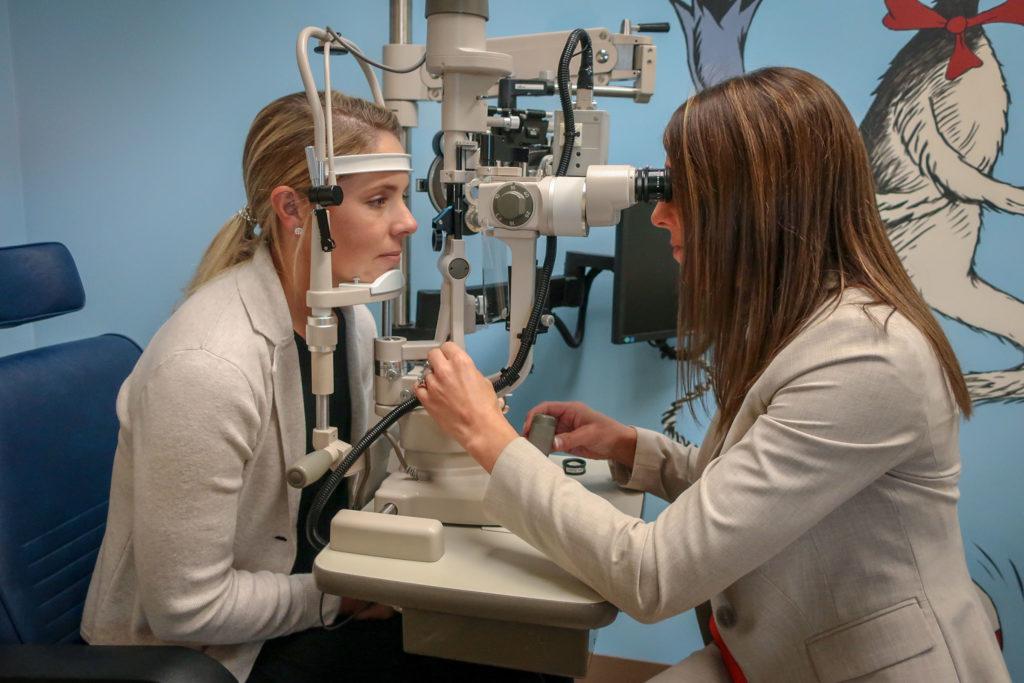
So, what can we do to limit screen time and take better care of our eyes?
Start with the 20-20-20 rule. Take a break from staring at a screen every 20 minutes, and look at something 20 feet away for 20 seconds. DeRose said she recommends her patients program reminders in their phones.
For kids, Steele recommends more frequent breaks, and that parents set reminders and hold kids accountable. The World Health Organization released guidelines earlier this year that have recommendations for allotted screen time by age, but also on physical activity and sleep for children.
- Infant (less than 1 year of age): Screen time is not recommended.
- 1-2 years of age: No screen time for a 1-year-old. No more than an hour for 2-year-olds, with less time preferred.
- 3 to 4 years old: No more than one hour.
Steele recommends taking the WHO guidelines and going one step further, he offers parents and patients a few tips:
- Use caution in length of time spent on a device without a break. Take a break according to the following guidelines.
- Infant and toddler: every two minutes.
- Preschool or school age with large pupils: every five minutes.
- School age with large pupils: every five minutes.
- School age with typical pupils: every 10 minutes.
- Adolescent to adults without symptoms: every 20 minutes.
- Monitor the distance from face. He suggests the Harmon Distance, from the elbow to middle knuckle on a fist is ideal, he says.
- Monitor a youngster's excitability when they're on devices and shorten their use time if the excitement is prolonged after putting the device down. Minimize time if excitement is more than typical behavior for the child.
- Monitor distraction or lack of distraction when they're on devices. If the child remains distracted after putting the device down or does not respond to you when on the device, limit time and/or type of games.

